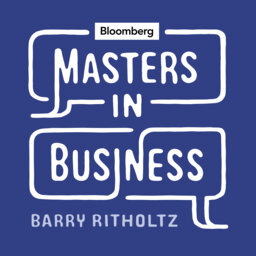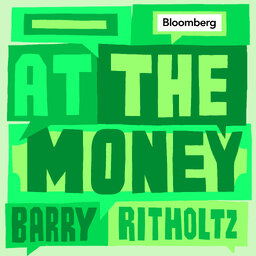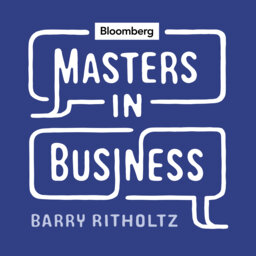Wealth Management and the 'Great Normalization' with Lisa Shalett
Barry speaks with Lisa Shalett, Chief Investment Officer at Morgan Stanley. Previously, she was CEO and chairman at Sanford Bernstein, CIO at Merrill Lynch Asset Management, and now CIO at both Morgan Stanley Wealth Management and runs their asset allocation models and their outsourced chief investment officer models. On this episode, Barry and Lisa discuss the philosophy of managing billions of dollars in assets and wealth management today.
 Masters in Business
Masters in Business


